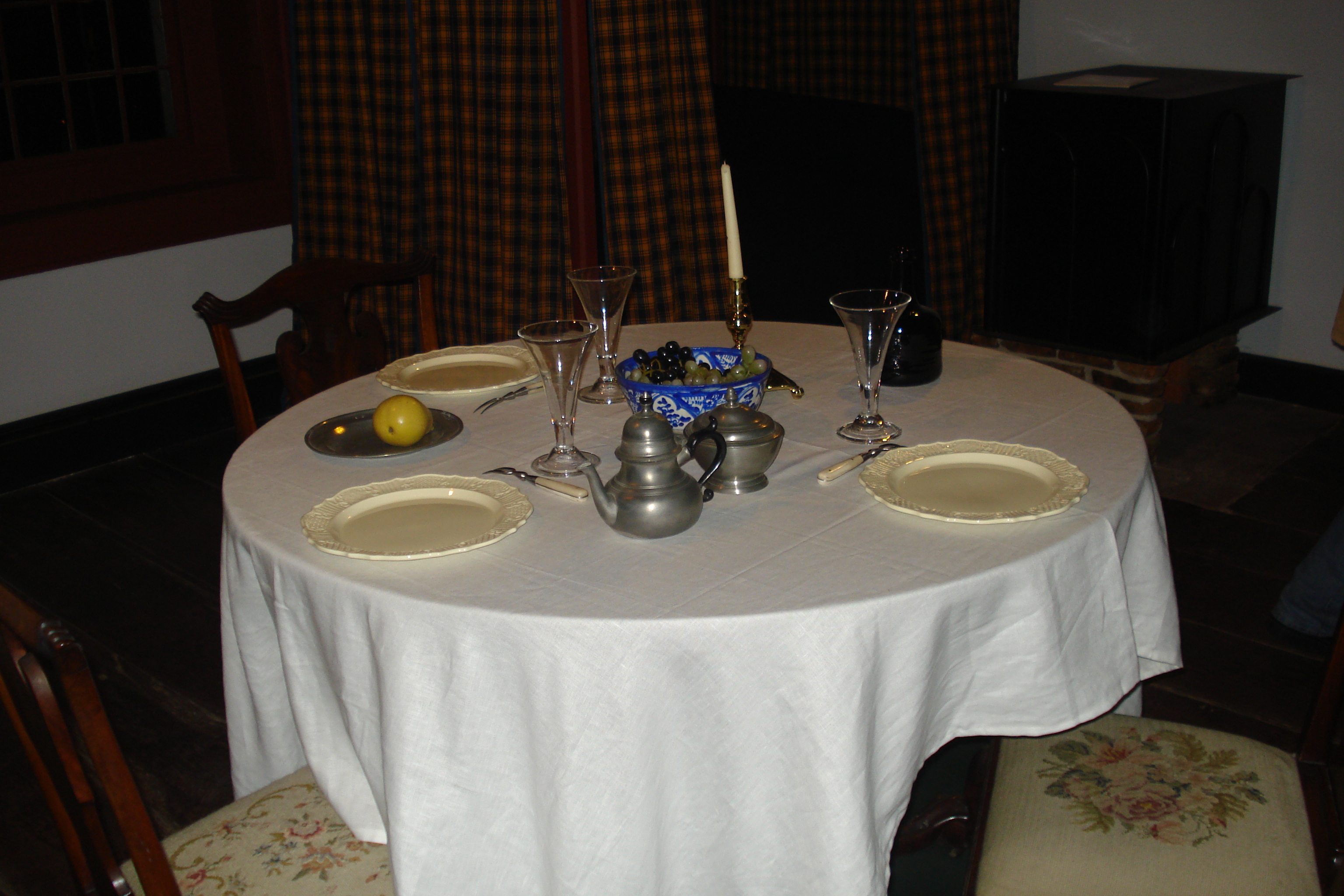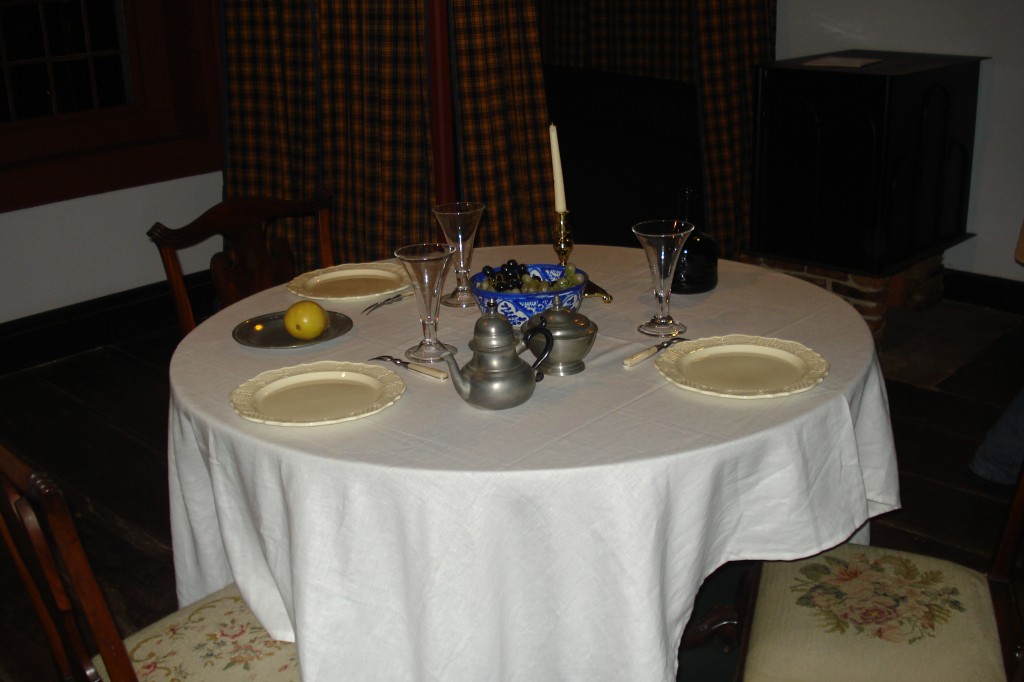

Huguenot Street hosted a Candle light Tour of the historic area on April 30, which showcased the Deyo House, the LeFevre House and the Jean Hasbrouck House – each built during a different time period. The tour emphasized the different ways these families kept their houses lit without the luxury of electricity.
“This is a very detailed and specific tour that was designed to give people an appreciation for the reality of life during this time period,” said Director of Public Programs at Historic Huguenot Street, Richard Heyl de Ortiz. “We try to give people a good feel as to what day-to-day life was like.”
Ortiz shared a brief, personal story to the small gathering of participants before the tour began about a time when he was without power for two weeks in South Hampton, the result of a hurricane.
“The romance was gone after about 36 hours,” he said of the blackout. “Sure, it’s fun to light some candles and tell scary stories in the dark, but after a while it gets pretty old.”
The most popular light fixtures used in these houses included candles, oil lamps, kerosene lamps and portable chamber sticks. Such fixtures could be purchased or handmade using whale blubber, said Ortiz.
It was normal to have one of these fixtures placed in the middle of the dinner table to provide light for the family while they ate. If two fixtures were used it was considered a splurge. All of these produced a minimal amount of light; however, lamps with prisms reflected off more light, and kerosene lamps with a circle wick gave off more light as opposed to a flat wick.
Light wasn’t only needed indoors, it was necessary for outdoors as well. During the early 1900s, there were several accounts of people falling down in the streets and crashing into fences due to the lack of streetlights.
“Car accidents increased 400 percent in this time period due to the lack of lighting,” said Heyl de Ortiz. “This goes to show you that light wasn’t just needed for luxury and convenience, but for safety as well.”
Fireplaces provided not only light, but also heat for the residents. After dinner, it was typical for the families to gather in a family room around a fireplace to reminisce and entertain guests.
As the tour came to an end, the group walked out into the streets to return to their cars and homes. Immediately, everyone noticed the four streetlights that lined the block.
